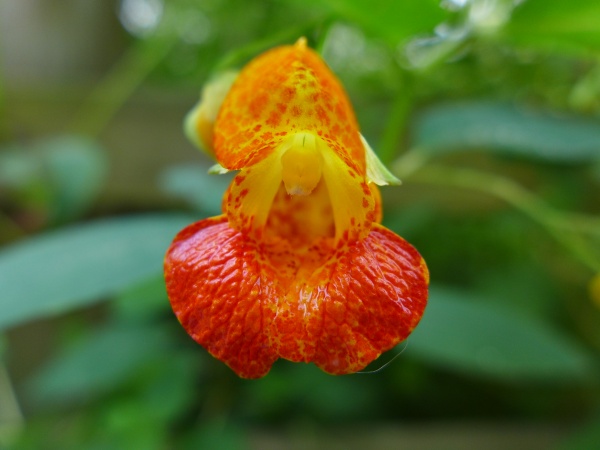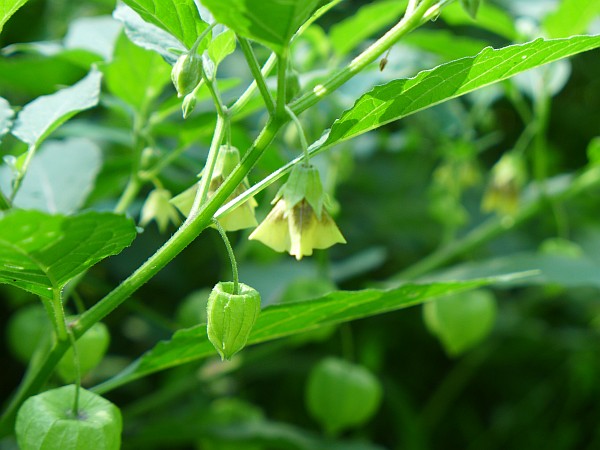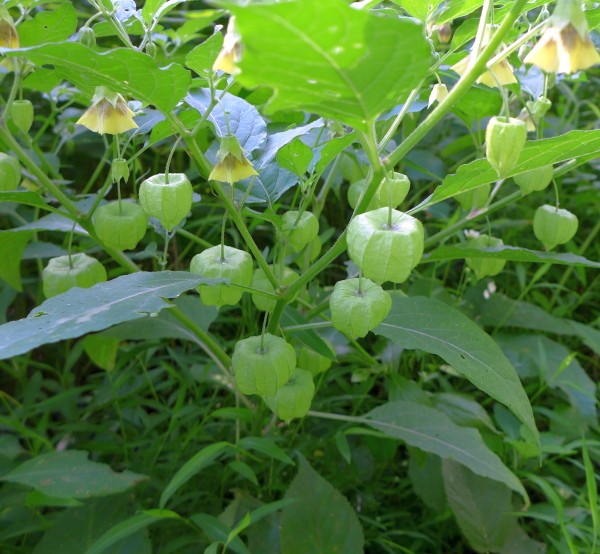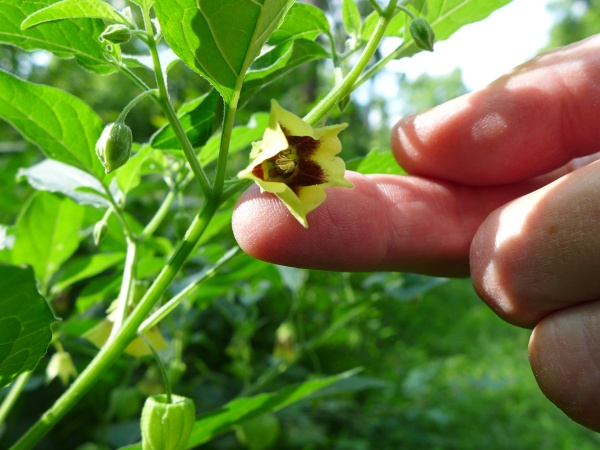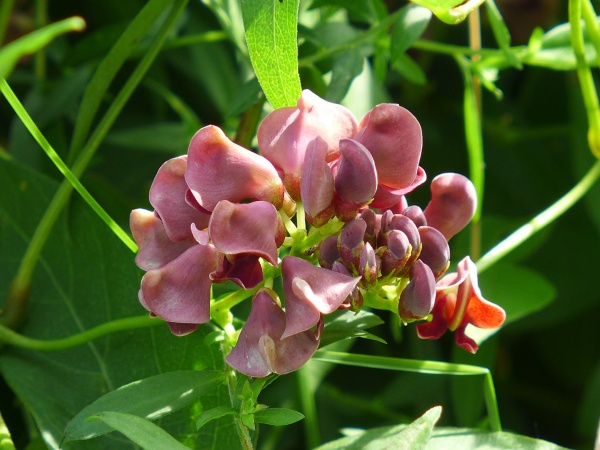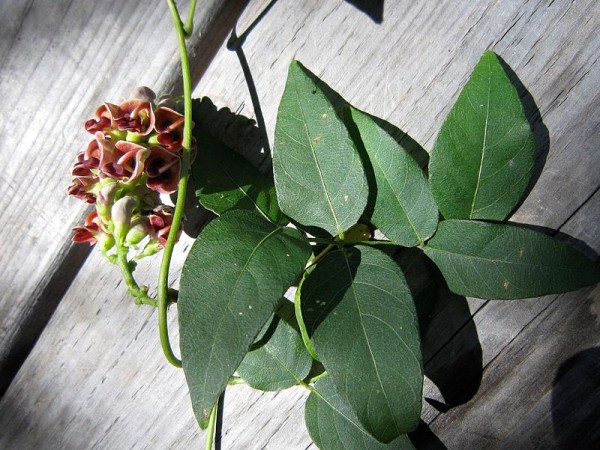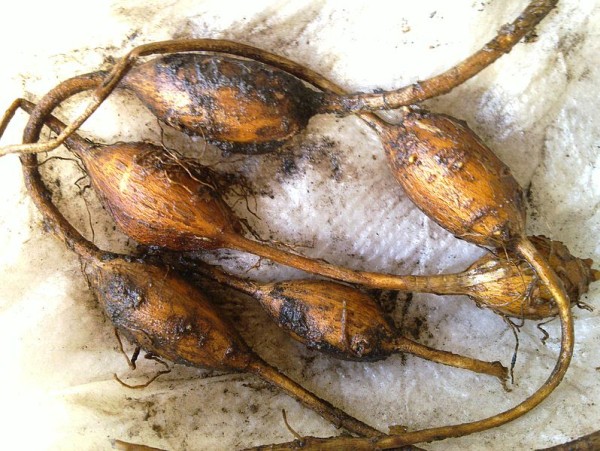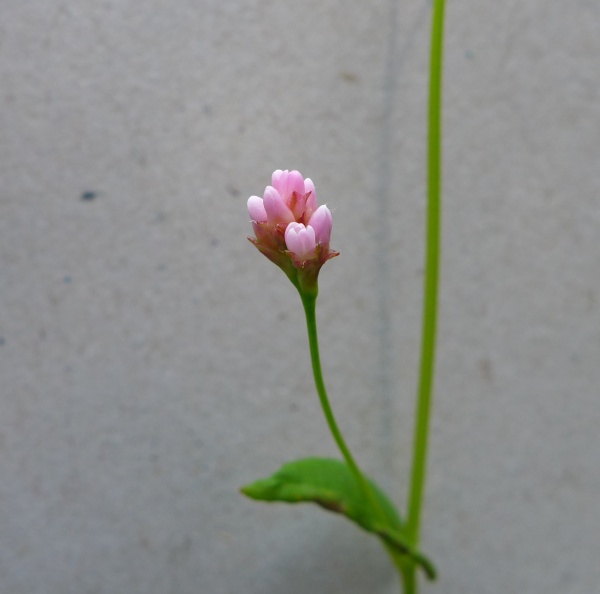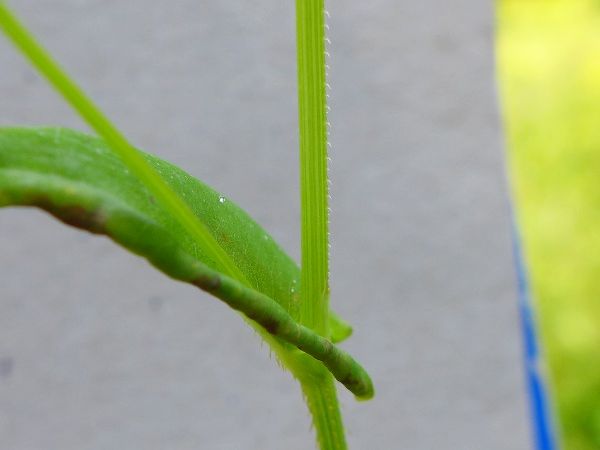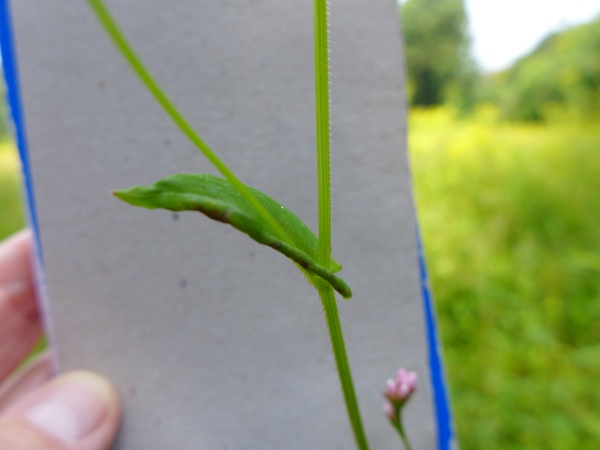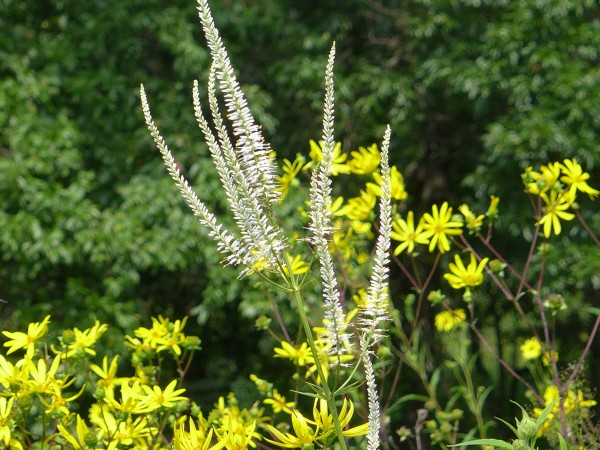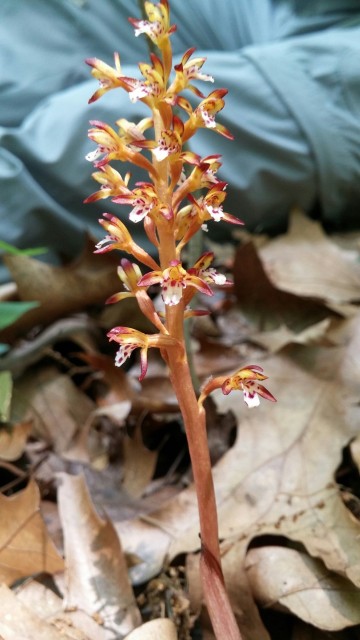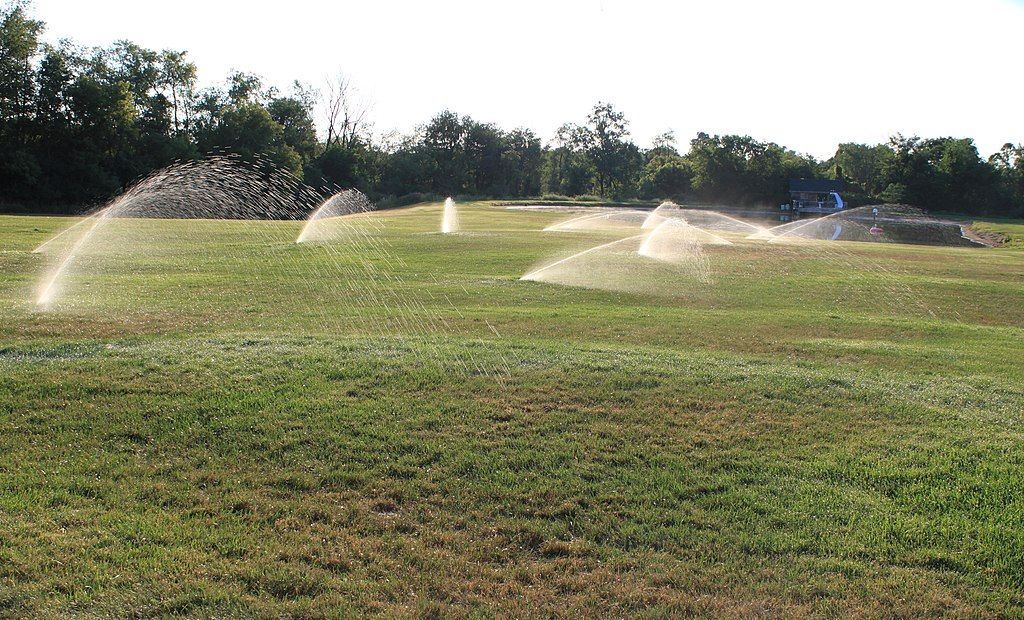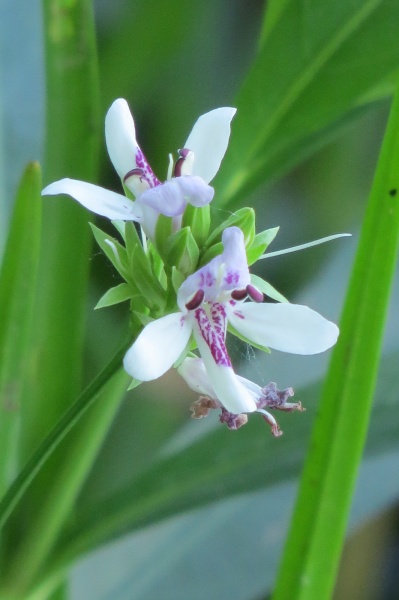
Here’s a tall woodland plant that’s easy to overlook because its flowers aren’t big and beautiful.
Horse balm (Collinsonia canadensis) is a perennial mint that grows 1.75 to 5 feet tall in deep woods. Even in the middle of its blooming cycle it looks ragged with flowers in every stage of development from bud to bloom, from fade to seed.

At very close range the flowers are fancy tubes with lips and protruding stamens (click here to see). You’ll also notice that the plant smells like cheap lemon scent, giving it the alternate name cintronella horse balm.
The name “balm” comes from its medicinal properties described at eNature: “Tea can be brewed from the leaves, and the rhizome was formerly used as a diuretic, tonic, and astringent.”
But why is it horse balm?
I haven’t found horses mentioned anywhere in the literature about this plant.
(photos by Kate St. John)
